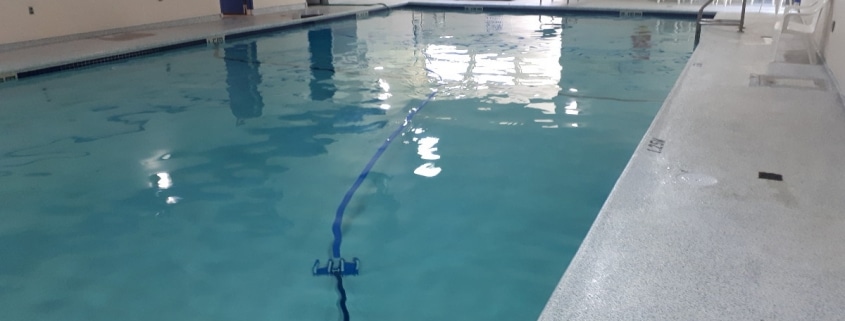How to Pressure Test a Swimming Pool
When the plumbing system of a swimming pool is leaking one of the first diagnostic tests that a professional will perform is a pressure test. During this process the plumbing lines of the pool are isolated and independently tested to determine their ability to hold pressure without leaking. Vancouver swimming pool plumbing pressure testing is only as accurate as the person performing the testing.
A swimming pool will run between 5 and 30 PSI of pressure on average. Ideally the plumbing lines will be tested at a level above the maximum operating pressures to ensure that there are no leaks in the system. The concern with this is that pressure testing any system over a few PSI can be dangerous so many testers prefer to test at lower pressures such as 5, 10 or 20 PSI. In theory a plumbing leak will be apparent under all pressurized situations but this is not always the case with elusive leaking problems. It is recommended to test at a higher pressure that the normal operating values of the plumbing system.
The potential for danger exists with pressure testing so it should only be attempted by professionals or competent individuals using proper equipment and safety techniques. In theory the process of isolating each plumbing line is easy. Open one end of the pipe in the mechanical / pump room and plug the end in the pool. You then induce either water or air that is regulated with a valve and an known accurate pressure gauge.
In practice the process of pressure testing a pool is much more complicated. Basic swimming pool systems can involve as little as two or three pipes however more robust pools can have thirty, forty or fifty individual pipes that require testing. In addition to being able to identify where each pipe goes, which can be a difficult task in some situations, most pools have pipes that are very difficult to isolate and test.
Some pipes do not connect from the pump room to the pool making it very difficult to access both ends of the pipe which is required in order to perform any accurate pressure testing. A prime example of this is the main drain at the bottom of the pool. Some pools can not be emptied so a diver can be required in order to inspect and plug the main drain for testing. Water features, hot tubs, return jets and stairs will sometimes have pipes which are difficult to pressure test further complicating the process.
A well versed pool service will use a combination of plumbing system knowledge, testing and process of elimination to identify the pool leak. More often than not the leak can be identified by examining closely the characteristics of the leak itself. The more invasive pressure testing process is used to prove what is speculated by examining the leak characteristics. The better that you understand your pool plumbing system the more readily you will be able to find and repair the leak – with or without a pressure test.
Article Source: http://EzineArticles.com/?expert=Steve_Goodale



Leave a Reply
Want to join the discussion?Feel free to contribute!